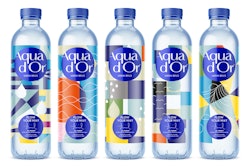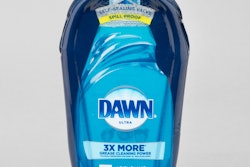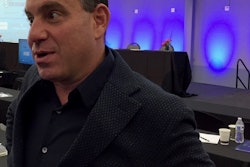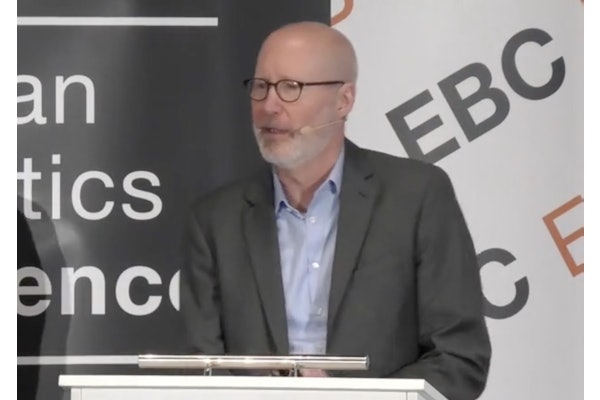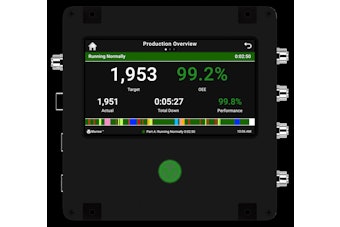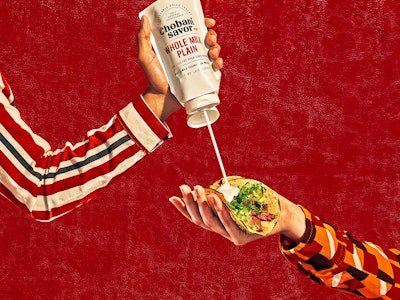
I enjoy being in the water. I can relax for hours in a pool. I also enjoy surfing the oceans and swimming in lakes. But for some reason, I just don’t feel as comfortable in those waters as I do in a pool. Anyway, I recently took my son to a birthday party at a lake house where guests were playing on a gigantic floating yoga mat made from thick, closed-cell foam. A dozen people could lay out and have fun on this thing. It was incredible, and I found myself spending hours in the lake, really enjoying the time. Reflecting on the experience, I consider the lake mat a surprisingly innovative product.
To many, “innovation” is just another buzzword. And, rightfully so. The term is tossed around as if it’s buried within our periphery, and all we have to do is locate and implement it. And it makes sense that management is focused on innovation; it is a survival requirement for packaging suppliers. You either pitch commodities or intellectual property—the end result of innovation.
With probable bias, I’ve learned over the years that Consumer Packaged Goods innovations often originate at the packaging supplier. CPG brands have serious struggles innovating. If they change up their product, it’s no longer the same product. Change Heineken’s formula, and it’s no longer Heineken. Since CPGs can’t necessarily change the product, their packaging is prime for makeover after makeover. When brands don’t have a stream of new packaging ideas coming their way, they start to beat down on price. And you can’t blame them; if they can’t implement fresh ideas, they’ll spend their time pounding on costs. Feed them great ideas, and you’ll get to drive that part of the discussion.
Think about some current game-changing innovations in the CPG space. Heinz sells the same ketchup it sold in a sachet in an innovative dip-and-squeeze package that required significant collaboration with various suppliers. Daisy and Chobani boast new use cases by selling the same product in a new flexible package. Drink a Coke with your name on it, dispense your spices from grinders integrated into closures, and snack on cookies with super-easy resealability. All of these innovations are: 1.) protected; and 2.) packaging-supplier driven.
I don’t think these examples are divinely inspired. I think they are all the result of the same strategy by suppliers: providing solutions to unarticulated consumer needs. Ketchup packets are routinely opened and immediately dispensed, so a dipping tray makes sense and eliminates a step in the process. Many folks use yogurt as a condiment, so it makes sense to have an integrated dispenser versus a spoon. No one likes stale cookies, so we clip and twist bags, but built-in package resealability saves multiple steps. And while freshly ground spices give any dish a premium feel, making them more convenient and accessible for home chefs to use can turn any Betty Crocker into Julia Childs.
I do think solutions are in our periphery, but innovative solutions address shopper and user needs that aren’t articulated. You have to invest time analyzing consumers and searching for patterns in human behavior. Order fries. Open three sachets of ketchup and dispense on a (hopefully sanitary) surface. Repeat billions and billions of times for each French fry order over the past 63 years. This is a prime example of observation leading to innovation: Heinz removed the surface from the process and created a package that can dispense ketchup and/or be used as a dipper for every kind of fry consumer. And since each dipper holds an equivalent of about three packs of ketchup, a wonderful byproduct is an overall reduction in waste.
You can do this yourself through ethnographic focus groups—watching and documenting reactions of real consumers using your (or your client’s) products in a realistic environment. And you can take this qualitative method a step further by utilizing a neuroscientific approach to collecting, sorting, and using automation to find trends in human behavior. Step 1 is to observe, Step 2 is to identify the behavior you wish to improve, and Step 3 is to develop packaging that consistently changes human behavior to a more desired process.
When I think back on that floating yoga mat, it totally changed the lake experience for everyone. I’ve not seen that many children (or parents) being in the water and enjoying the lake like that before. It’s hard for me to articulate it, but it improved how I used water—something I’ve spent my entire life doing. In my opinion, it’s an impressive innovation—a simple, commoditized packaging material turned into a very high-market CPG product.
I wonder who in this product’s life cycle did the research? Was the product a response to consumer demand, or was it an innovation in the product life cycle—specifically the distribution packaging and logistics leg—that allowed this product to exist? Regardless, Step 1 remains constant for all of us tasked with improving the CPG world: There is no replacement for research and observation.
Dr. R. Andrew Hurley is the founder of Package Insight and The Packaging School, and an Associate Professor at Clemson University.



